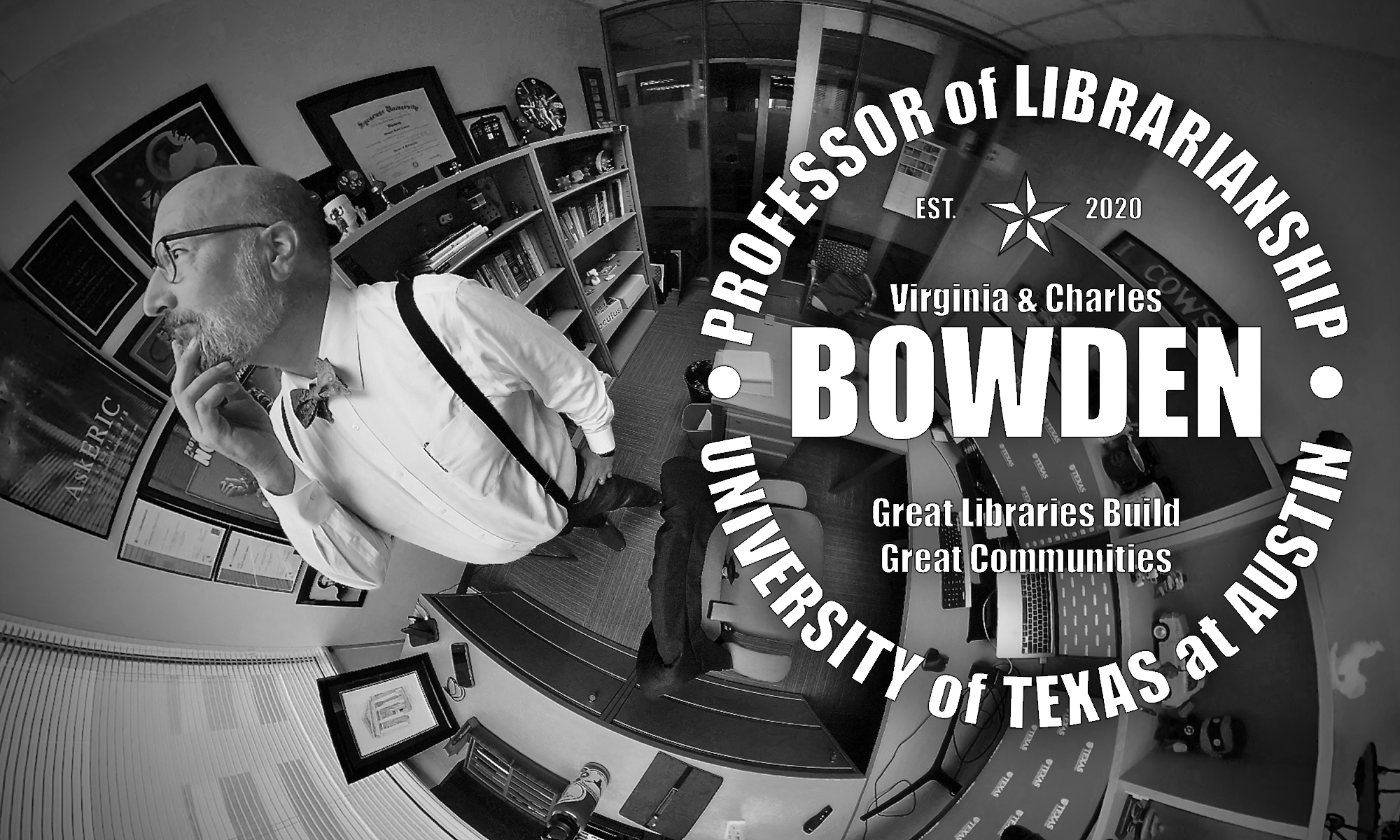Below is an amazing video showing what a group out of Georgia Tech did by combining Google Maps with real time public CCTV data. Now you can see car going down the roads, clouds in the sky and people at play in real time. It is both really cool, and really scary at the same time. Who needs spy satellites?
To me this video is about a lot of things, but one that may not jump immediately to mind is information organization. I gave a talk at the last ALA on the Death of Documents. Part of that argument is that more and more of the data folks are going to use/create/look for is not bound and static like our current perceptions of documents.
Take a look at what these folks have down. They have mashed up (mind you with some very high-level programing) all sorts of geospatially encoded data (video, maps, etc) and even added real time interpolation (i.e., not all the data being shown is “real” data – some of it is simulated), to create a fascinating (and slightly creepy) information space for folks to navigate.
Does it make sense to put this in that catalog? How would you even do it? Not the paper they are presenting, but the actual system.
As librarians we must greatly broaden our concepts of the services we provide, and how we organize them. One could imagine a transportation library where this is the primary interface for members. Add to this real time world links to planning and environmental data (click on that road, up comes the construction records – click on that bridge and access the inspection schedule).
Anyway, plenty to think about.
